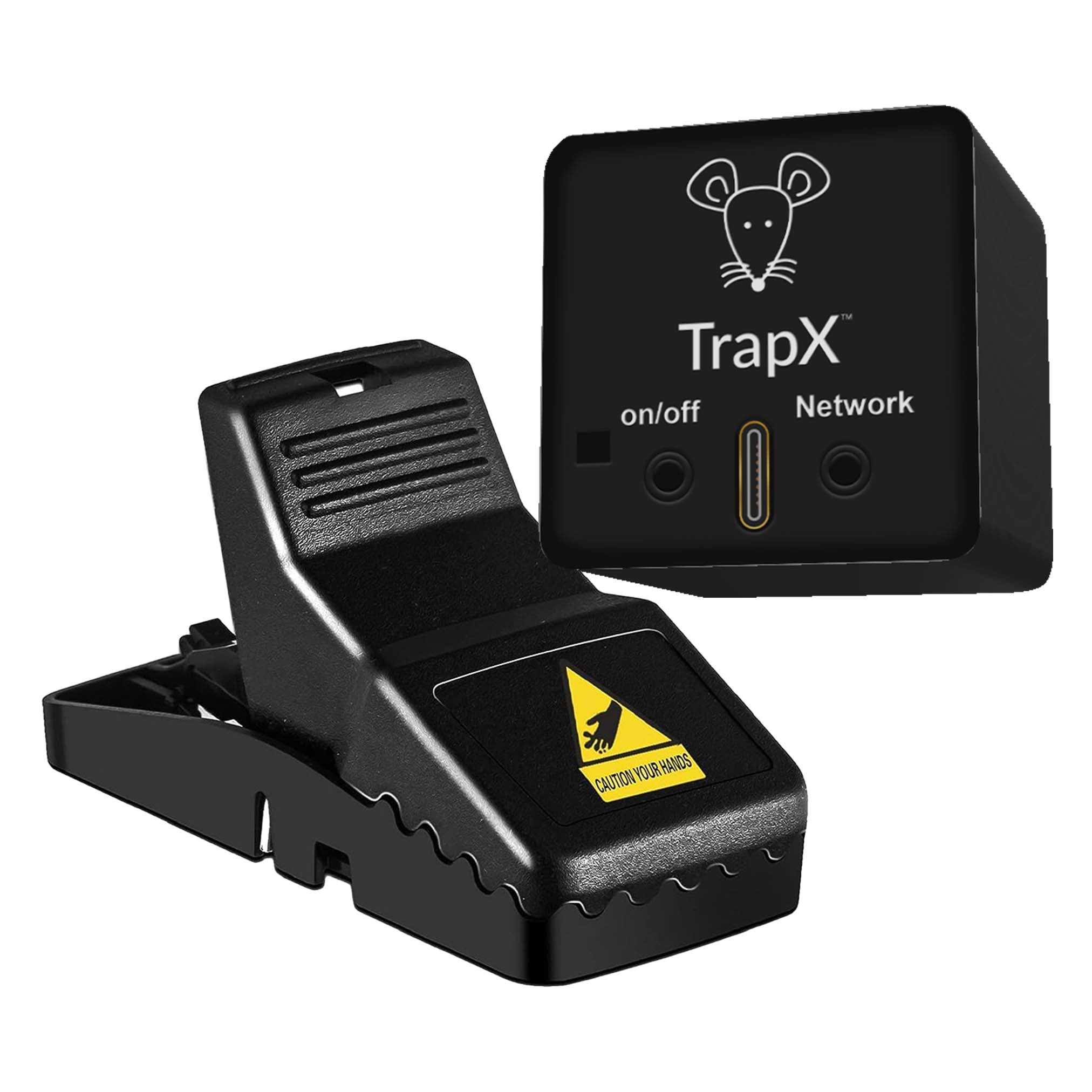What Is an Indicative Sign of a Rodent Infestation in Food Hygiene?
Share
When it comes to maintaining high standards of food hygiene, identifying a rodent infestation is crucial. Rodents, including rats and mice, can cause significant harm to food storage and preparation areas, leading to severe health risks. The question, 'What is an indicative sign of a rodent infestation in food hygiene?', is fundamental for anyone concerned about cleanliness and safety.

Why Rodent Infestation Is a Serious Concern
Rodents are synonymous with disease and contamination. Their presence in food environments not only jeopardizes the cleanliness of the facilities but also poses serious health risks to consumers.
Health Risks Associated with Rodents
Rodents are carriers of a variety of pathogens like Salmonella and Hantavirus. If these creatures come into contact with food products, they can easily spread these diseases to humans.

Key Indicators of Rodent Infestation
To prevent contamination and ensure food safety, recognizing the signs of rodent infestation is essential. Here are some key indicators:
Droppings and Urine Stains
One of the most evident signs of a rodent infestation is the presence of droppings and urine stains. Rodents leave droppings near their nesting sites and food sources. These droppings are small, dark, and pellet-shaped.
Gnaw Marks
Rodents have a necessity to gnaw continuously to keep their teeth sharp. Gnaw marks on packaging, wooden structures, and food containers are strong indicators of their presence.
Unusual Odors
A distinct, musky odor emanated by rodents can often be detected. This smell can be especially strong in enclosed areas and is a clear sign of an infestation.

Preventive Measures and Solutions
Once an infestation is identified, taking immediate action is crucial. Implementing preventive measures can significantly minimize the risks associated with rodents.
Effective Sanitation Practices
Maintaining cleanliness in all food preparation and storage areas is the first step in preventing a rodent infestation. This includes regular cleaning schedules and ensuring no food remnants are left exposed.
For further reading on implementing effective sanitation practices, you might find this CDC guide on preventing rodent infestations helpful.
Regular Inspections
Conducting routine inspections of the premises can help in early detection and elimination of rodents. Look for signs like droppings, gnaw marks, and seek professional pest control if necessary.
Read about key inspection steps in this WikiHow article on getting rid of rats.
Sealing Entry Points
Rodents can squeeze through very small openings. Sealing gaps, holes, and cracks in walls, floors, and near utility lines can help keep them out.
Learn about effective sealing techniques in our article on digital mouse trap monitor.

FAQ Section
What is the most common sign of a rodent infestation?
The most common sign of a rodent infestation is the presence of droppings near food sources or nesting areas.
Are homemade traps effective?
While homemade traps can capture individual rodents, professional pest control is often necessary for larger infestations.
How often should food hygiene inspections be conducted?
Food hygiene inspections should be conducted regularly, with frequency depending on the risk assessment of the area. Monthly or bi-monthly checks are recommended.
Taking preventive measures can drastically reduce the likelihood of an infestation, especially if you regularly follow tips from our ultimate guide on how to trap a mouse.
As an Amazon Associate, I earn from qualifying purchases.
For more in-depth steps on trapping rodents efficiently, you might find this external resource on pest control helpful.
